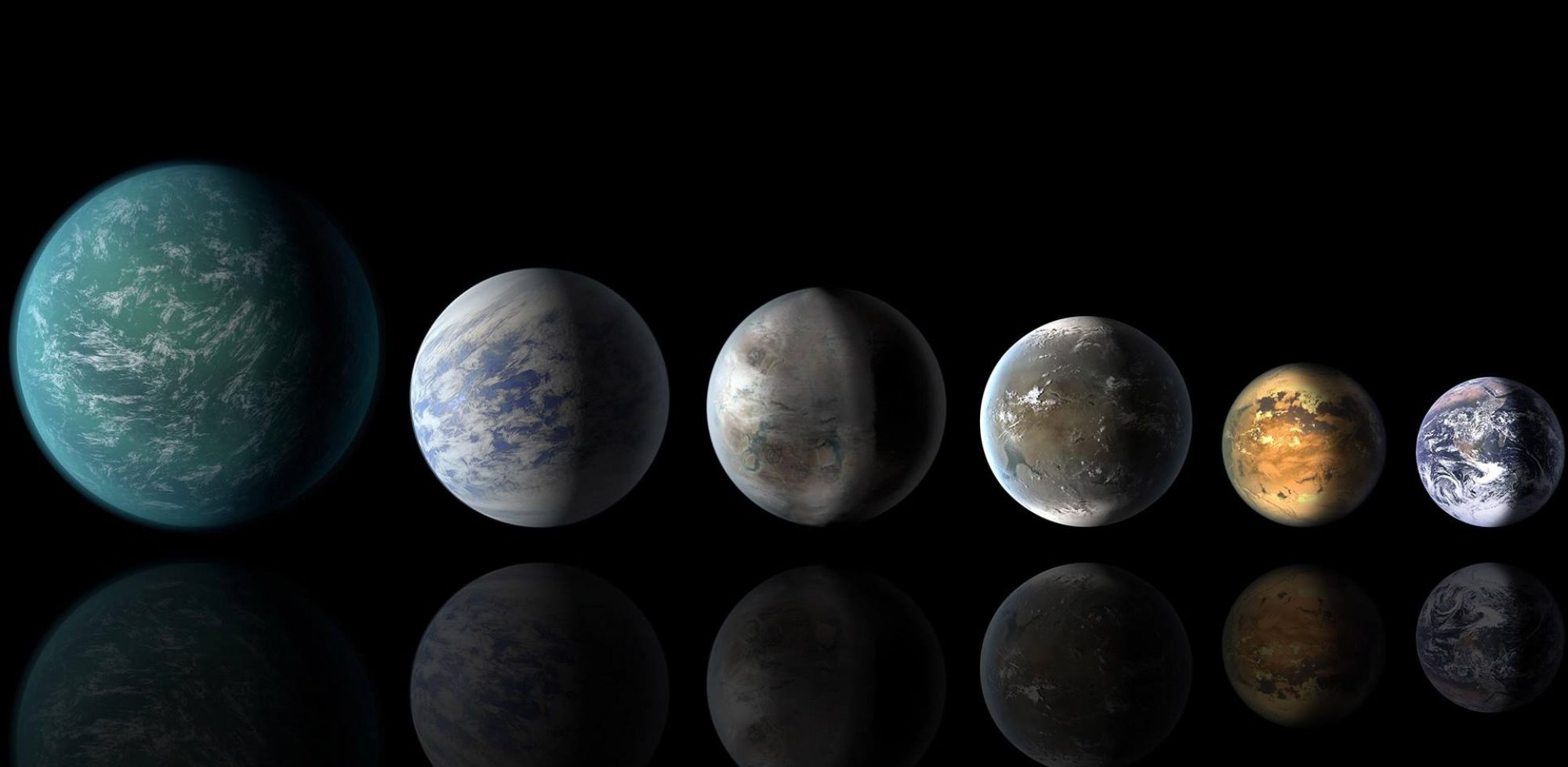The race is on to find the giant planet that several teams of astronomers are convinced orbits far out beyond Pluto, but is nonetheless still part of our solar system. Proving the existence of what has become known as Planet X, or Planet 9, would be a discovery for the textbooks and would inevitably change …
The Case Strengthens For "Planet 9"
The race is on to find the giant planet that several teams of astronomers are convinced orbits far out beyond Pluto, but is nonetheless still part of our solar system. Proving the existence of what has become known as Planet X, or Planet 9, would be a discovery for the textbooks and would inevitably change …
